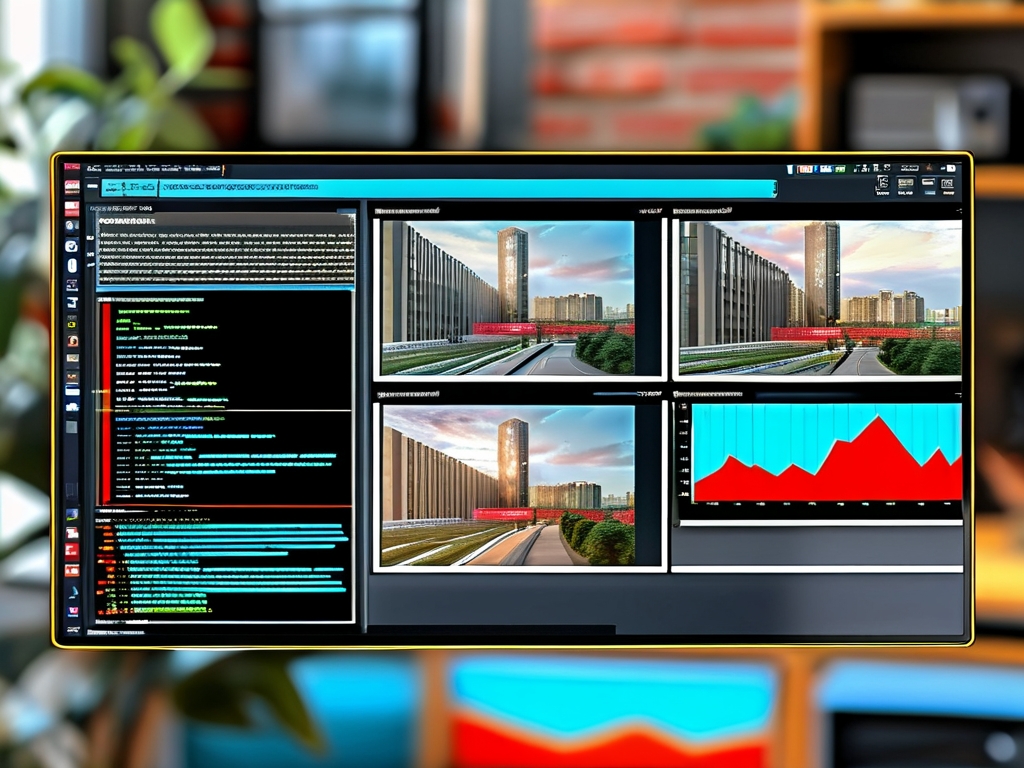Embedded video projects combine hardware, software, and real-time processing to deliver seamless audiovisual experiences in constrained environments. From smart cameras to industrial automation systems, these projects require meticulous planning and execution. Below is a detailed breakdown of the development workflow for embedded video projects.

1. Requirement Analysis and Scope Definition
Every successful project begins with clear objectives. Stakeholders must identify the core functionalities, such as video capture resolution, frame rate, compression standards (e.g., H.264, H.265), and output interfaces (HDMI, MIPI). Non-functional requirements like power consumption, latency, and thermal constraints are equally critical. For example, a drone’s onboard video system prioritizes low latency and energy efficiency, while a medical imaging device emphasizes accuracy and reliability.
A feasibility study ensures the selected hardware (e.g., ARM-based SoCs, FPGAs) and software tools (e.g., OpenCV, GStreamer) align with project goals. This phase often involves creating a Product Requirements Document (PRD) to formalize expectations.
2. System Architecture Design
The architecture phase bridges requirements and implementation. Developers design the hardware-software co-architecture, balancing computational load between processors, GPUs, and dedicated accelerators. Key considerations include:
- Sensor Integration: Selecting CMOS/CCD sensors compatible with lighting conditions and motion requirements.
- Memory Management: Allocating buffers for raw video data and processed streams.
- Real-Time Operating Systems (RTOS): Choosing an OS like FreeRTOS or Linux with PREEMPT_RT patches for deterministic performance.
A block diagram illustrating data flow—from sensor input to encoding/decoding pipelines—helps visualize interdependencies. For instance, a surveillance system might include motion detection algorithms running on a DSP alongside a primary CPU handling network streaming.
3. Hardware Prototyping and Validation
With the design finalized, engineers assemble prototype boards using evaluation kits or custom PCBs. Critical tasks include:
- Power Integrity Analysis: Ensuring stable voltage supply to high-speed components.
- Signal Integrity Testing: Validating HDMI or MIPI-CSI interfaces for noise and timing compliance.
- Thermal Profiling: Monitoring heat dissipation under peak loads to avoid throttling.
Tools like oscilloscopes and logic analyzers debug hardware-software interactions. For example, intermittent frame drops might trace back to insufficient DMA bandwidth or interrupt conflicts.
4. Software Development and Optimization
Embedded video software development involves layered components:
- Driver Development: Writing low-level code to interface with sensors, codecs, and peripherals.
- Middleware Integration: Implementing libraries for video processing (FFmpeg) or machine learning (TensorFlow Lite).
- Application Logic: Building user-facing features like live streaming or analytics.
Optimization is paramount. Techniques include leveraging SIMD instructions, reducing memory copies through zero-copy pipelines, and offloading compute-heavy tasks to GPUs. For example, a video doorbell might use hardware-accelerated H.265 encoding to minimize CPU usage.
5. Testing and Quality Assurance
Testing ensures compliance with functional and performance benchmarks:
- Unit Testing: Validating individual modules like image stabilization or color correction.
- Integration Testing: Stress-testing the full pipeline under varying loads (e.g., 4K@60fps streams).
- Field Testing: Deploying prototypes in real-world conditions to uncover environmental issues (e.g., glare or electromagnetic interference).
Automated testing frameworks, such as pytest-embedded, streamline regression checks. Metrics like PSNR (Peak Signal-to-Noise Ratio) quantify video quality post-compression.
6. Deployment and Maintenance
Post-development, firmware is deployed to production units via secure bootloaders. Over-the-air (OTA) updates enable bug fixes and feature enhancements. Long-term maintenance involves monitoring field performance and addressing hardware obsolescence—for instance, migrating from older Ambarella chips to newer RISC-V-based solutions.
7. Challenges and Mitigation Strategies
- Real-Time Constraints: Use hardware timers and priority-based scheduling to meet deadlines.
- Resource Limitations: Employ dynamic resolution scaling or adaptive bitrate streaming.
- Cross-Platform Compatibility: Standardize APIs and container formats (e.g., MPEG-TS) for interoperability.
Embedded video project development demands a holistic approach, blending hardware prowess with software agility. By adhering to a structured workflow—from requirement gathering to iterative optimization—teams can deliver robust solutions tailored to the unique demands of video-intensive applications. As edge computing and AI-driven video analytics evolve, this workflow will continue to adapt, ensuring embedded systems remain at the forefront of innovation.









